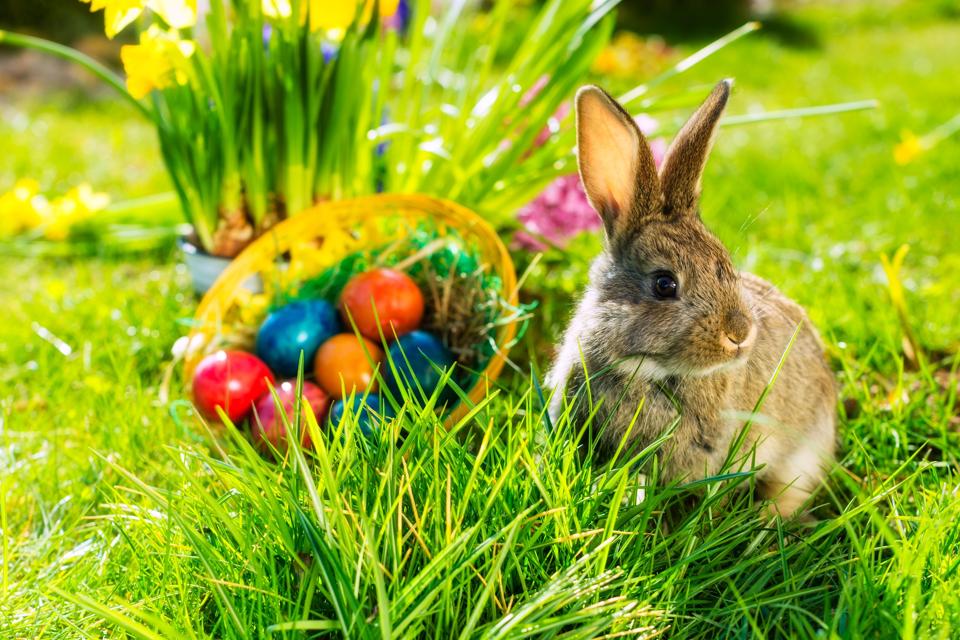Spare a thought for the cash-strapped Easter Bunny this weekend. That Easter Egg basket is not coming cheap this year, as cocoa prices go up, and up, and up.
And there are no signs of price relief on the increasingly precious cocoa bean anytime soon.
Indeed, the bad news for those with a sweet tooth is that this year’s expensive Easter eggs could just be the start of an unwelcome trend of ‘Eggflation’ for treat-lovers, after cocoa prices broke through a key price barrier several days ago.
Cocoa is now trading above $10,300 per metric tonne on world commodity markets and the price has already doubled in 2024 and tripled in the past 12 months following poor harvests in West Africa, where the vast majority of the beans that are turned into chocolate are grown.
The region has been hit by both a very wet end to last year and now soaring temperature as a result of climate change. Bean disease in West Africa, which continues to worsen, means companies are not expected to see an improvement in the foreseeable future.
That has already created a dash to secure what supply is available and while other cocoa-exporting nations are moving quickly to step up production, obviously growing more of the crop takes time.
With a relatively long lag between the record prices being paid by processors now and their impact on the store shelf, the hikes already seen by shoppers at Easter are likely to be part of a much longer term trend for the rest of this year and could potentially hit the Christmas holiday season.
Sugar prices are also higher by around 7% because of the adverse weather associated with El Niño, a weather pattern that has brought dry conditions to India and Thailand.
Candy Occasions Critical
The United States is the world’s biggest chocolate consumer and is expected to see Easter sales of candy at least reach last year’s total of about $5.4 billion, although this will be mostly because of price increases rather than eggs sold, according to the National Confectioners Association (NCA).
It comes at a critical time for the candy makers. Data from the NCA showed that last year the volume of chocolate and candy sold for everyday occasions actually fell 3.6% compared with 2022, but volumes sold for seasonal occasions like Easter rose slightly by 0.1%, making the major festivities more and more important.
Easter is actually the third-biggest occasion in the U.S., with Halloween not surprisingly taking top spot, followed by sales across the winter holidays, according to the NCA.
As a result, major confection-makers like Hershey are pitching Easter treat alternatives like a six-pack of cookies ‘n’ cream bunnies to try and offset the high prices, in addition to its Reese’s chocolate bunnies and eggs. It is also offering full-sized Kit Kat lemon crisp bars and mixing Haribo gummy bears with candy bars in its assortment bags.
Last month, the chief executive of Hershey, which reported a 6.6% fall in sales in the fourth quarter as consumers cut back on spending, warned that soaring costs could mean price rises.
“Given where cocoa prices are, we will be using every tool in our toolbox, including pricing, as a way to manage our business,” Michele Buck said at the results.
The company also announced a two-year restructuring program that it said would save $300 million annually and involve some job losses among its 21,000-strong global workforce.

